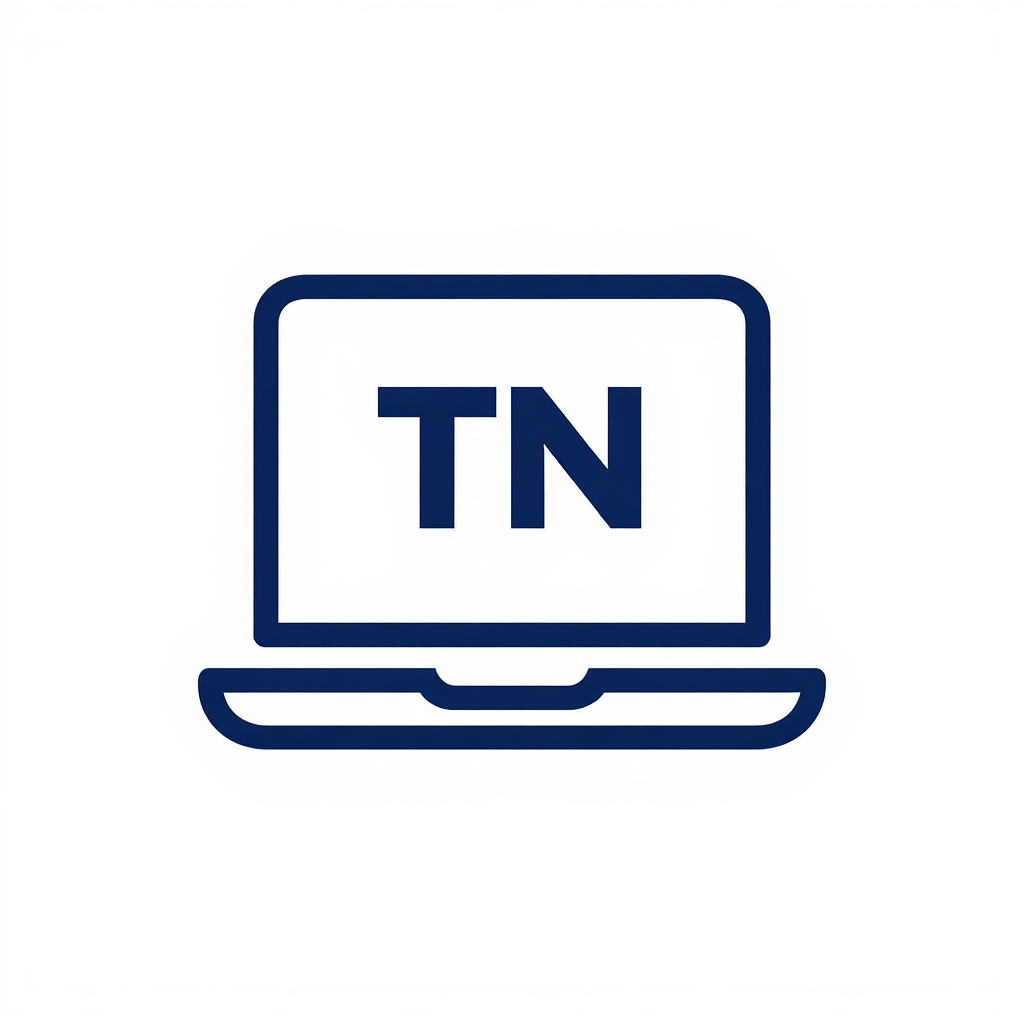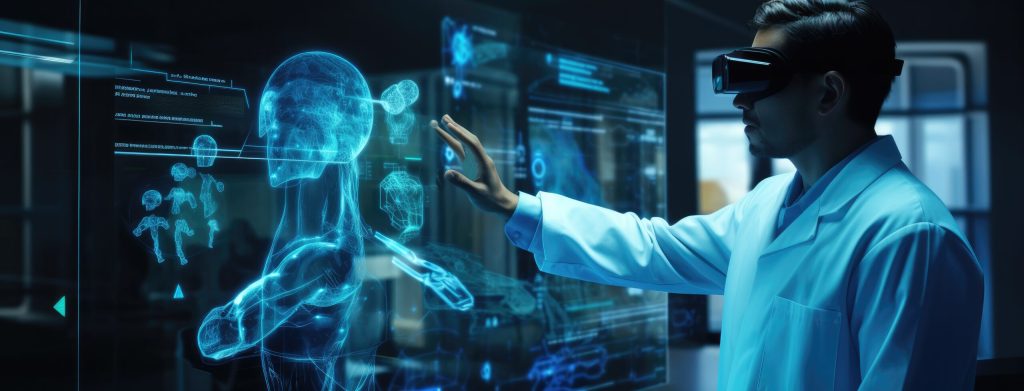1. Introduction: Are Our Jobs at Risk?
Recent breakthroughs in artificial intelligence (AI)—especially large language models—have strongly reignited the debate about job displacement. While tech enthusiasts celebrate this as progress, many others are raising alarms about potential massive upheavals, particularly among white-collar professions. What makes this current wave of AI unique and concerning is its speed and capability: AI can now tackle complex tasks, especially those traditionally handled by junior employees, far faster and more efficiently than humans. This raises significant questions about the future of many roles as AI continues to advance. In this article, we will explore this potential thread to our jobs.
2. Sharp Warnings from AI Experts
Dario Amodei, CEO of Anthropic, issues a stark warning: Up to 50% of white‑collar entry-level jobs might vanish within five years, pushing unemployment into Double digits (10–20%). He calls it a “white-collar bloodbath” already underway. Amodei urges governments and AI companies to stop downplaying these realities and act today (Source: Axios).
Indeed, we can already see this trend emerging in our daily lives. While almost everyone uses social media today, AI influencers have recently begun appearing on our feeds, and most of us can barely tell the difference anymore. Hiring an AI influencer is significantly faster and more cost-effective than working with authentic human beings, a fact that will likely lead more and more companies to shift their focus towards these digital entities, exemplifying a shift that impacts traditional “white-collar” creative and marketing roles.
3. Diverging Views on Job Impact
Not everyone agrees. Brad Lightcap, COO at OpenAI, dismissed Amodei’s claims as overstated, arguing that evidence doesn’t support such drastic job losses (Source: Business Insider). Sam Altman and leaders from Nvidia, Google, and Meta view AI as transformative, but not destructive. Yes, roles will shift—but with upskilling and reskilling, they argue, a balanced transition is achievable.
4. Data & Studies: How Realistic Are Job Losses?
4.1 Global Forecasts
What do the numbers actually say about job losses?
When we look at global forecasts, the picture becomes a bit clearer. The World Economic Forum’s “Future of Jobs 2025” report, for instance, predicts that while around 9 million jobs might disappear, an even greater number—11 million new ones—are expected to emerge (Source: weforum.org).
Similarly, the PwC Global AI Jobs Barometer 2025 offers an optimistic perspective. Their findings indicate that AI significantly boosts per-employee productivity across various sectors. Furthermore, it’s driving up wages for specialized skills like prompt engineering by a notable 56% and is clearly fueling job growth within AI-related industries (Source: pwc.com).
4.2 Concrete Trends
Beyond the forecasts, we can already observe some concrete trends that illustrate AI’s impact on the job market. For instance, in the U.S., a significant number of 580,000 tech jobs were cut between 2022 and 2023, a reduction largely attributed to AI automation (The Times).
This trend is further underscored by shifts in job listings: over the past three years, positions deemed “AI-optimizable” saw a 19% drop in available roles. More specifically, job postings for IT and data-related roles plummeted by 31% from 2022 to the spring of 2025. These figures suggest a tangible re-shaping of the workforce.
4.3 Government Insights
Government bodies and international organizations also offer valuable perspectives on AI’s potential impact. The U.S. Bureau of Labor Statistics, for instance, generally notes that significant tech-driven job displacement tends to occur gradually over time, rather than as an abrupt, sudden shift.
However, other prominent groups are sounding a more cautious note. Both the OECD (Organisation for Economic Co-operation and Development) and the IMF (International Monetary Fund), for example, have estimated that up to 60% of jobs in advanced economies could face some level of AI-related risk (Source: The Guardian). This suggests that while displacement may not be sudden, a large portion of the workforce could see their roles significantly altered by AI in the coming years.
5. Affected Sectors: Entry‑Level Careers Under Pressure
5.1 Junior Software Developers & Tech Sector
AI’s growing capabilities are already evident in the tech sector itself. Internally, AI models like Claude 4 are now handling up to 25% of coding tasks at major firms such as Microsoft and Amazon. Looking ahead, Mark Zuckerberg has even predicted that mid-level developers could be entirely replaced by AI as soon as 2025 ([Joe Rogan interview]). This sentiment is echoed by Amazon CEO Andy Jassy, who has publicly stated that “efficiency gains from AI would allow the Company to eventually have a reduced human workforce.” He further clarified that these challenges would primarily impact white-collar jobs within the tech industry (Source: CNN Business).
5.2 Legal Assistants & Financial Analysts
AI’s impact is also being felt in the legal and financial sectors. Junior paralegals and entry-level associates, for instance, are increasingly seeing routine tasks like document review taken over by AI tools. However, there’s a silver lining for financial analysts who embrace this new technology; those with AI fluency are experiencing accelerated wage growth, highlighting the value of adapting to these changes.
5.3 Retail & Customer Service
Chatbots are now increasingly tackling many routine customer service tasks, which is having a significant impact on part-time retail roles. As LinkedIn expert Aneesh Raman warns, these entry-level positions have historically served as crucial career springboards, providing foundational experience for many. The concern is that these vital stepping stones are now beginning to crumble under the pressure of automation.
5.4 Impact on Generation Z
Recent LinkedIn data already reveals a significant disparity: graduates aged 22–27 are facing a 5.8% higher unemployment rate than the average. This demographic, largely Generation Z, expresses growing career anxiety directly tied to job uncertainty and the increasingly precarious nature of entry-level positions.
This raises critical questions: How can new professionals effectively start building a career when the traditional first step on the ladder has seemingly been removed? Does this mean that new starters now have to jump directly to the second or third rung of their career ladder? And if so, how is that even possible in today’s evolving job market?
6. Strategies & Solutions
6.1 Awareness & Transparency
In navigating AI’s impact on the workforce, widespread awareness and clear transparency are paramount. Tools like Anthropic’s Economic Index, which tracks AI usage trends and cross-sector impact, provide crucial data to fuel informed public discourse. Building on such insights, governments and companies have a vital responsibility: they must initiate clear, transparent communication about jobs at risk, and actively support individuals in undertaking meaningful career reassessments.
6.2 Reskilling and Education
A key part of navigating this transition involves reskilling and education. PwC, for instance, strongly recommends training employees to view and use “agentic AI” as powerful tools rather than threats. This approach aims to empower human-AI collaboration, leveraging AI to augment human capabilities.
Supporting this perspective, research by Marguerit, Mäkelä, and Stephany on arXiv highlights the importance of specific skill development. Their findings indicate that strengthening the workforce’s resilience hinges on upskilling in digital, ethical, and social domains, emphasizing these as crucial for future success (Source: arXiv).
6.3 Policy Interventions & Economic Safety Nets
Beyond education and individual reskilling, broader policy interventions and robust economic safety nets are crucial to managing AI’s societal impact. One proposed idea gaining traction, for instance, is a “token tax” on AI usage – perhaps a 3% levy on revenue generated per model call. Such a tax could potentially fund vital initiatives like comprehensive reskilling programs or even universal basic income (UBI) schemes, providing a financial cushion during periods of transition.
Furthermore, policymakers have a significant role to play in proactive governance. It is essential that they form bipartisan AI commissions and deploy legislative briefings, even at the local level. This approach would ensure that transitions are guided responsibly, fostering informed decision-making and preventing a reactive, piecemeal response to rapid technological change.
7. FAQ
Q1: Will all jobs disappear?
No. Routine tasks are most at risk, while creative, human-frontline, and physical roles remain largely AI-resistant. In fact, skills like complex communication, empathy, and interpersonal connection will likely thrive and become even more critical in an AI-driven world. These are precisely the areas where AI currently lacks genuine understanding and the ability to replicate true human interaction.
Q2: Could AI trigger another Great Depression?
Unlikely. Displacement appears gradual, and proactive reskilling plus policy actions can soften shocks.
Q3: What new jobs will emerge?
Roles like AI specialists, prompt engineers, ethics advisors, and digital skills trainers will be in high demand.
Q4: What should new professionals focus on?
Master AI literacy, soft skills (Q1), and embrace lifelong learning—especially in areas where human creativity matters.
8. Conclusion: Steering, Not Stopping, the AI Revolution
AI’s trajectory isn’t set—it can unleash massive economic gains and increase inequality. Our response matters. Our response to these changes is critical. By embracing open dialogue, investing strategically in upskilling, shaping thoughtful policy, and deploying AI ethically, we can transform disruption into opportunity—creating sustainable, rewarding careers across all stages of professional life.



Leave a Reply